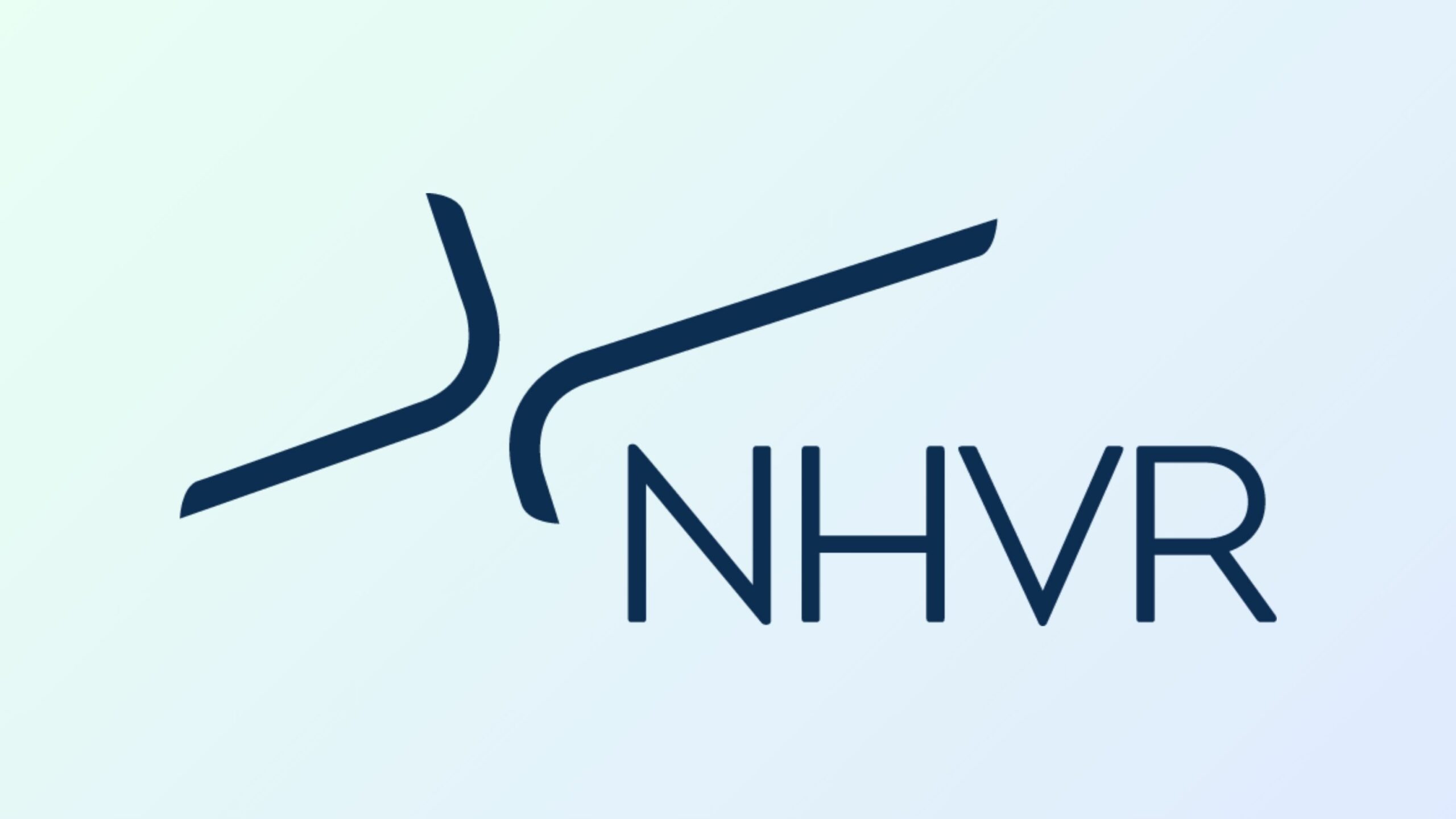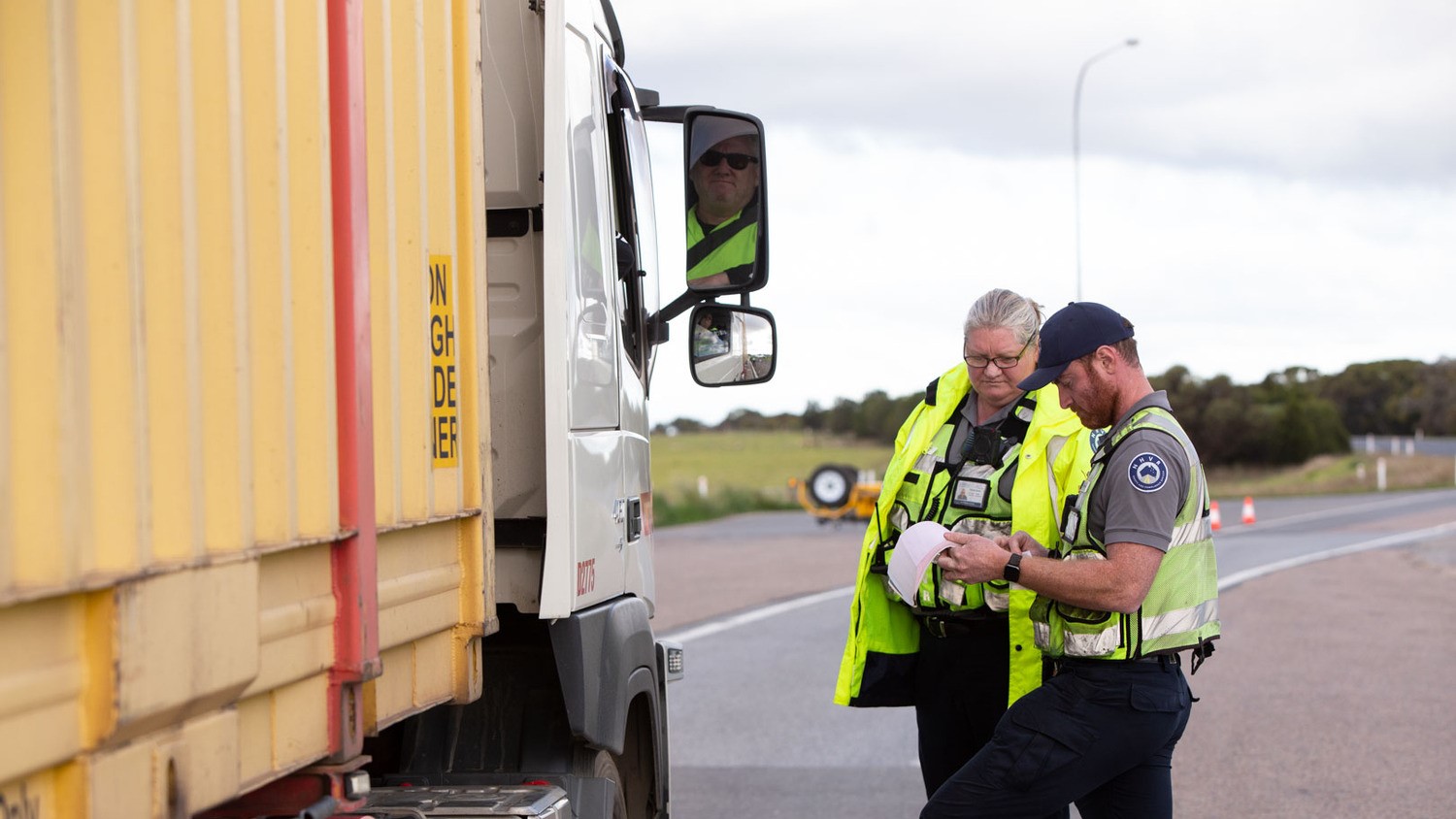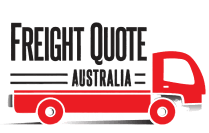
The NHVR’s regulatory framework applies to a wide range of heavy vehicles which have over 4.5 tonnes of GVM. Some of these include:
-
- Trucks (prime movers, rigid trucks and articulated trucks used for transporting goods)
- Buses (including coaches and other large passenger vehicles)
- B-doubles and road trains (configurations of multiple trailers attached to a single prime mover)
- Heavy trailers (trailers used for transporting goods, machinery or other equipment with significant weight and size).
Why are the NHVR Regulations Needed?
In addition to creating a safer operating environment, the regulations also create trust and accountability within the industry.
Which States and Territories Does NHVR Apply to?
-
- Queensland
- New South Wales
- Victoria
- South Australia
- Tasmania
- Australian Capital Territory.
As of 2024, Western Australia and the Northern Territory have chosen not to participate in the National Heavy Vehicle Regulatory scheme. Instead, these two regions have their own regulatory frameworks governing heavy vehicles.
In Western Australia, heavy vehicle regulation is overseen by the Department of Transport, while in the Northern Territory, it is managed by the Department of Infrastructure, Planning and Logistics.
NHVR Permits
Whether you need a permit for your heavy vehicle depends on various factors, including its dimensions, weight and intended use. Generally, heavy vehicles fall into two categories: General Access Vehicles and Restricted Access Vehicles.
General Access Vehicles (GAV)
-
- Rigid trucks. These are trucks with a single rigid chassis and typically consist of a cab for the driver and a load-carrying area at the rear.
- Semi-trailers. Semi-trailers consist of a tractor unit (prime mover) and a trailer that is connected but not permanently fixed. They are commonly used for transporting goods over long distances.
- Buses. Buses used for public transport or commercial purposes generally fall within standard size and weight limits and are considered general access vehicles.
Restricted Access Vehicles (RAV)
-
- Oversize loads. Vehicles carrying loads that exceed standard dimensions (such as wide or tall machinery, equipment or structures) require permits for oversize loads.
- Overweight loads. Vehicles carrying loads that exceed standard weight limits, such as heavy machinery or construction materials, require permits.
Which Permit Do I Need?
Class 1 Permit
*a Gazette is an official publication issued by the government that contains important announcements, regulations and other official information. It is specifically used by the government to share legal and administrative notices with the public.
Class 2 Permit
-
- B-doubles and road trains. These large vehicles require a Class 2 Permit to travel on a road outside of the approved B-double or Road Train network.
- Performance-Based Standards. A permit is required for travel on or off the PBS network if the vehicle does not comply with mass, dimension or operating requirements set out in a Gazette Notice.
- Controlled access bus. This applies to travel on or off a road outside of the approved controlled access bus network.
Class 3 Permit
-
- Tow truck. This permit category is designated for tow trucks that do not comply with mass or dimension requirements specified in a Gazette Notice.
- Commodity Scheme Permits (MIMS & MEMS). MIMS stands for ‘Mass Import Management Scheme’ and MEMS is the ‘Mass Export Management Scheme’.
- Mining trailers. This permit category applies to trailers used in mining operations.
HML Permit
Who Enforces NHVR?
To exercise powers under the HVNL Enforcement officers must be:
- Nominated by participating state and territory road transport authorities
- Selected by the NHVR
- Given a unique identification number
- Carry and produce an approved identity card.
Since police officers are already authorised under the HVNL law the above special requirements do not apply.
Infringement notices may be issued for non-compliance. Similar to fines issued for regular traffic offenses, an infringement notice outlines the details of the offense. The payment amount for offenses eligible for infringement under the HVNL is set at 10% of the maximum penalty that could be imposed by a court. The person receiving the infringement notice may opt to either pay the fine in full or choose to take it to court.

When and Where Are Inspections Held?
Roadside checkpoints
Freight terminals
Border crossings
Random spot checks
What Do NHVR Inspections Involve?
NHVR Mass and Dimensions
The standard approved width limit for a heavy vehicle is 2.5m. This excludes:
-
- Rearview mirrors, signaling equipment and lamps mounted on the sides along with reflectors.
- Devices installed on wheels to prevent skidding, central tyre inflation systems and gauges for measuring tyre pressure (e.g. on Michelin or Bridgestone truck tyres).
- Permanently fixed webbing-assembly-type devices, such as curtain-side devices, provided that the maximum distance measured across the body including any part of the devices is 2.55m or less.
The permitted height limit for heavy vehicles is 4.3m, with a few notable exceptions:
-
- Double decker buses have a maximum height of 4.4m.
- Vehicles built to carry livestock such as horses, pigs, cattle or sheep. In this case the limit is 4.6m.
- Vehicles built with at least 2 decks for carrying vehicles also have a height limit of 4.6m.
The length limit depends on the type of vehicle. For a small 2 Axle Ridged Truck the maximum length is 12.5m, but for a BAB Quad Road Train the max length is 53.5m.
NHVR Work and Rest Requirements
NHVAS Accreditation
-
- Mass Management
- Maintenance Management
- Fatigue Management (Basic or Advanced).
More information about the NHVAS modules can be found here.

NHVR Rego Check
Heavy vehicle operators can utilise the Registration Services section on the NHVR Portal to view information about all the vehicles in their registered fleet. This service allows operators to:
-
- confirm information logged by transport authorities
- share updated vehicle details with others in the supply chain
- ensure rego transfers and changes are accurate
- estimate registration related expenses.
NHVR Work Diary
NHVR Heavy Vehicle Inspection Checklist
NHVR Load Restraint Guide
NHVR Contact Details
Need something transported by road? Freight Quote Australia transports anything from bulky items to dangerous goods freight. Get a free, online courier quote today!
